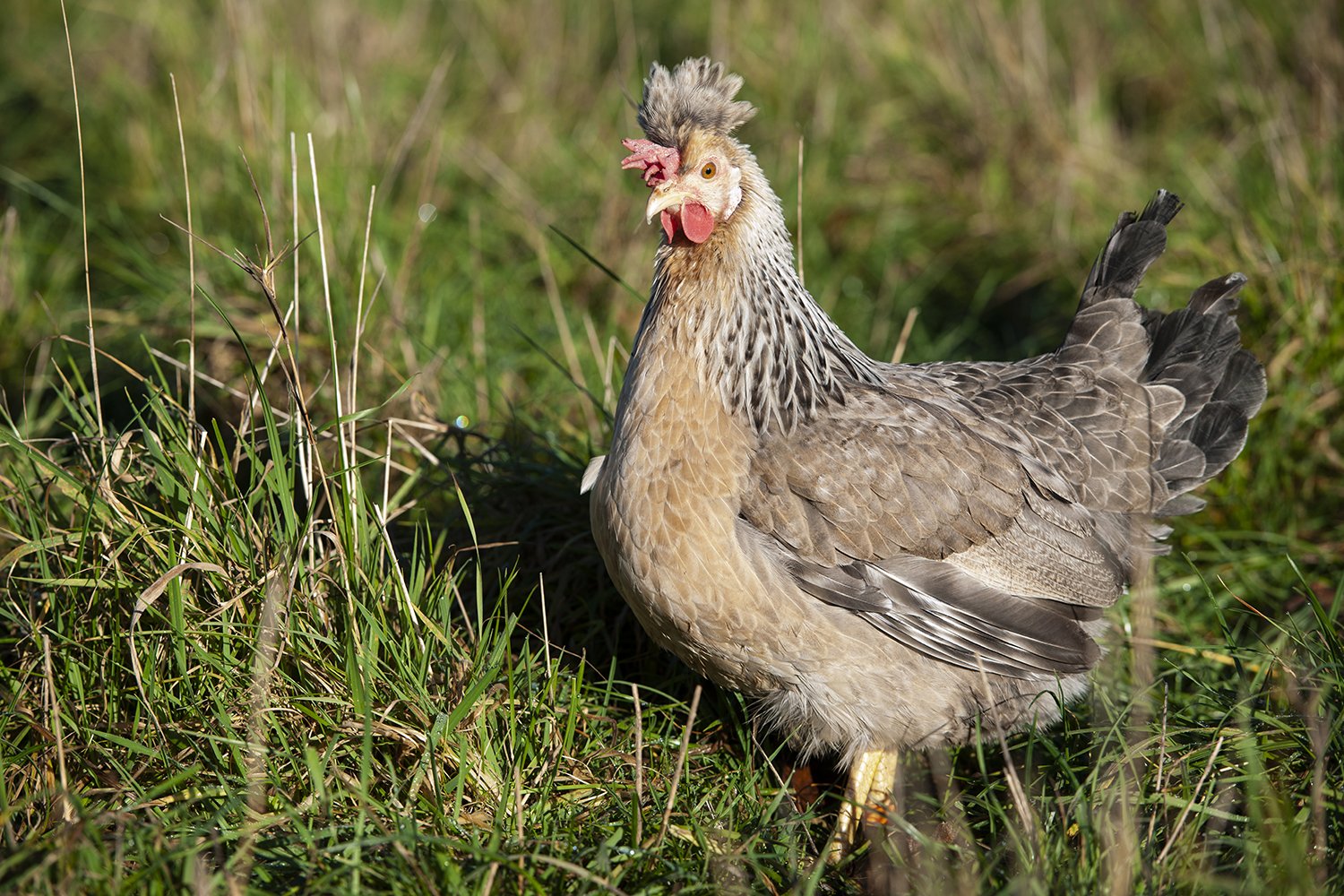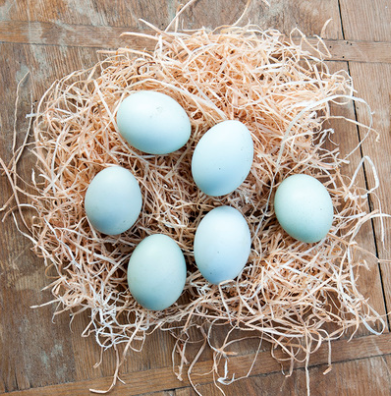In an era where industrialised agriculture dominates the landscape, the importance of preserving genetic diversity in our food sources cannot be overstated. One such area that often goes unnoticed but holds immense significance is the conservation of rare breed chicken populations. These unique and often historical breeds are at risk of disappearing, making the role of smallholding farms in maintaining and protecting their genetic diversity all the more crucial.
The Rarity of Rare Breeds
Rare breed chickens, unlike their commercial counterparts, possess traits that are often suited to specific regional climates, traditional farming practices, and culinary preferences. These breeds have been carefully developed over centuries to exhibit qualities such as disease resistance, adaptability to local conditions, and exceptional taste. However, due to the rapid expansion of industrial agriculture and the focus on high-yielding commercial breeds, many of these rare chicken breeds have been pushed to the brink of extinction.
The Significance of Genetic Diversity
Maintaining genetic diversity within chicken populations is essential for several reasons. Firstly, diverse genetic traits ensure that chickens are better equipped to withstand diseases that can rapidly spread through monoculture populations. Secondly, genetic diversity provides a valuable resource for future breeding efforts, which might require specific traits such as adaptability to changing climates or unique flavour profiles. Lastly, rare breed chickens are an integral part of our agricultural heritage and contribute to cultural and culinary diversity.
The Role of Smallholding Farms
Smallholding farms, often characterised by their modest size and commitment to sustainable farming practices, play a critical role in the preservation of rare breed chicken populations. These farms serve as sanctuaries for endangered breeds, providing a safe haven where these chickens can thrive without the threat of being outcompeted by more common, high-production breeds. Smallholding farmers prioritise the preservation of genetic diversity over sheer productivity, and this commitment ensures that these rare breeds have a fighting chance against extinction.
Challenges Faced by Smallholding Farms
Despite their vital role, smallholding farms encounter several challenges in their efforts to conserve rare breed chickens. Limited financial resources, lack of access to advanced breeding techniques, and the need for education and awareness all pose significant obstacles. Additionally, finding markets for products from rare breeds can be difficult due to the prevalence of commercial chicken products in the market. However, consumers' growing interest in sustainability, local produce, and unique culinary experiences is gradually creating a demand for products from rare breed chickens.
The Way Forward
The conservation of rare breed chicken populations requires a collaborative effort between smallholding farms, agricultural organisations, and consumers. Governments can provide support through grants, subsidies, and incentives to encourage the preservation of genetic diversity. Agricultural extension services and educational programs can equip smallholding farmers with the knowledge and skills needed to manage and breed these rare chickens effectively.
Consumers also play a vital role by choosing to support local smallholding farms and seeking out products from rare breed chickens. By valuing the unique flavours and cultural heritage associated with these breeds, consumers can contribute to their preservation.
In Conclusion
Preserving the genetic diversity of rare breed chicken populations is not just about protecting the past; it's about securing the future of our food systems. Smallholding farms are the unsung heroes in this endeavour, dedicating themselves to the cause of conservation against the tide of commercialisation. By recognising the value of these farms and the significance of genetic diversity, we can ensure that these unique breeds continue to enrich our culinary landscape for generations to come.



















